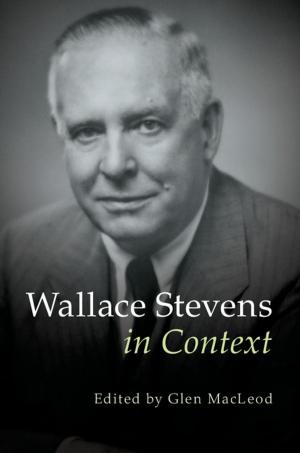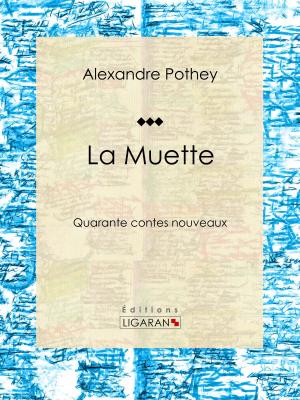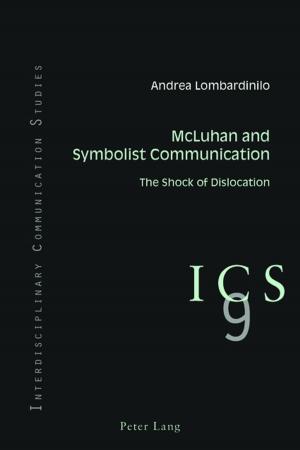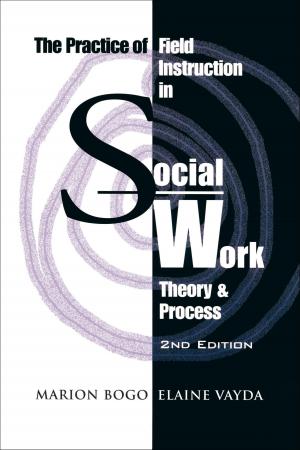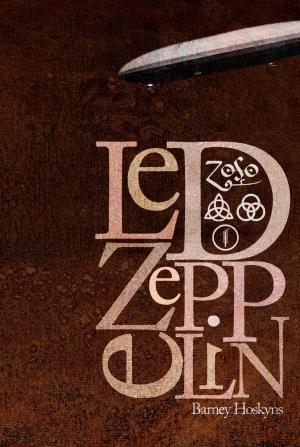| Author: | W.E. Powelson | ISBN: | 9781311482365 |
| Publisher: | W.E. Powelson | Publication: | November 23, 2013 |
| Imprint: | Smashwords Edition | Language: | English |
| Author: | W.E. Powelson |
| ISBN: | 9781311482365 |
| Publisher: | W.E. Powelson |
| Publication: | November 23, 2013 |
| Imprint: | Smashwords Edition |
| Language: | English |
Discover the (lost) 500 year-old enigmatic secrets concealed within the current time-signature system. This material has rarely (if ever) been taught in music theory classes, yet it is simple enough for grade-school students. Seven short and easy-to-follow lessons will lead you quickly and easily towards (musical-time) guru status. You will learn to visually imagine and see (read, write or feel) the existence of more than 18.4 quintillion new and different song-beat structures. Most have never been used.
Do not think that you already know these secrets. The odds are 18-quintillion-to-1 that you do not. We'll be examining time-signatures from an entirely new perspective. The DRUMMER'S perspective! If you are (at least) as intelligent as the drummer, you'll carry this knowledge with you and use it the rest of your life and career. You'll easily see (read, write and feel) the BIG PICTURE of all the potential rhythms within the musical universe.
The beat pattern of a song is the song's backbone. It is very often the 'hook' that sells the song. Until now, almost all the popular music from the 1920's until the present time (even jazz) has been monotonously constructed around just 5 or 6 primary song-beat structures and a few (about 80) of their possible 18.4 quintillion variation possibilities. What isn't commonly known is that up to the current time, we (the music community) have only utilized very small fractions of those song-beat variations or rhythmic-permutation potentials.
Every drummer on the planet should study this book. It is also easy enough for any musician to comprehend, thus allowing new surges of creativity for song-writers, composers, pianists, guitarists and bass players as well.
As we see the bird's-eye view of musical time and rhythm from this completely different perspective, nothing is left to doubt or question. The new and different song-beat structures will embed themselves into any analytical mind. You'll be able to think a few seconds, then feel and play, jam, create or compose within any odd or even time-signature structure from 1/1 to 64/64 and beyond.
We will quickly and easily see how to break each of the enigmatic X/X time-signature patterns into great, new and interestingly different, song-beat structures, most of which have never seen the light of day.
With the help of any drum machine, any song-writer or composer will be able to set-up and play any of these potentially new and different song-beat structures, then build entirely new and unique songs around them. Any of them! (More than 18-quintillion.) Are you currently aware of those (specific), 18,446,744,073,709,552,000 (18.4 quintillion) song-beat rhythmic structures?
Knowledge is power! This easy to acquire knowledge will most likely launch completely new and different eras of uniquely original musical styles. Those who gain this knowledge, within barely and hour of this totally engrossing study, will automatically see (and feel) how to use it. Those with the creative song-writing and composing talents will most likely become the future innovators of new styles and potential eras of new music genre's.
For Example: 8th-note 4/4 is the most common song-beat structure in pop-music history. Hundreds of millions of popular songs have been based on that structure. It' is a little known fact that 8th 4/4 (the primary rock beat) contains a whopping 4.3 billion potential beat variations or permutations. Collectively, all the songs and all the greatest of the great drummers are using only around 80 of those possibilities over and over. Most artists do not realize they have 4.3 billion other potential beat variations (rhythmic permutations) from which they could choose. This knowledge has not been available until now.
This e-book will become the very best investment you'll ever make towards your future musical career.
Discover the (lost) 500 year-old enigmatic secrets concealed within the current time-signature system. This material has rarely (if ever) been taught in music theory classes, yet it is simple enough for grade-school students. Seven short and easy-to-follow lessons will lead you quickly and easily towards (musical-time) guru status. You will learn to visually imagine and see (read, write or feel) the existence of more than 18.4 quintillion new and different song-beat structures. Most have never been used.
Do not think that you already know these secrets. The odds are 18-quintillion-to-1 that you do not. We'll be examining time-signatures from an entirely new perspective. The DRUMMER'S perspective! If you are (at least) as intelligent as the drummer, you'll carry this knowledge with you and use it the rest of your life and career. You'll easily see (read, write and feel) the BIG PICTURE of all the potential rhythms within the musical universe.
The beat pattern of a song is the song's backbone. It is very often the 'hook' that sells the song. Until now, almost all the popular music from the 1920's until the present time (even jazz) has been monotonously constructed around just 5 or 6 primary song-beat structures and a few (about 80) of their possible 18.4 quintillion variation possibilities. What isn't commonly known is that up to the current time, we (the music community) have only utilized very small fractions of those song-beat variations or rhythmic-permutation potentials.
Every drummer on the planet should study this book. It is also easy enough for any musician to comprehend, thus allowing new surges of creativity for song-writers, composers, pianists, guitarists and bass players as well.
As we see the bird's-eye view of musical time and rhythm from this completely different perspective, nothing is left to doubt or question. The new and different song-beat structures will embed themselves into any analytical mind. You'll be able to think a few seconds, then feel and play, jam, create or compose within any odd or even time-signature structure from 1/1 to 64/64 and beyond.
We will quickly and easily see how to break each of the enigmatic X/X time-signature patterns into great, new and interestingly different, song-beat structures, most of which have never seen the light of day.
With the help of any drum machine, any song-writer or composer will be able to set-up and play any of these potentially new and different song-beat structures, then build entirely new and unique songs around them. Any of them! (More than 18-quintillion.) Are you currently aware of those (specific), 18,446,744,073,709,552,000 (18.4 quintillion) song-beat rhythmic structures?
Knowledge is power! This easy to acquire knowledge will most likely launch completely new and different eras of uniquely original musical styles. Those who gain this knowledge, within barely and hour of this totally engrossing study, will automatically see (and feel) how to use it. Those with the creative song-writing and composing talents will most likely become the future innovators of new styles and potential eras of new music genre's.
For Example: 8th-note 4/4 is the most common song-beat structure in pop-music history. Hundreds of millions of popular songs have been based on that structure. It' is a little known fact that 8th 4/4 (the primary rock beat) contains a whopping 4.3 billion potential beat variations or permutations. Collectively, all the songs and all the greatest of the great drummers are using only around 80 of those possibilities over and over. Most artists do not realize they have 4.3 billion other potential beat variations (rhythmic permutations) from which they could choose. This knowledge has not been available until now.
This e-book will become the very best investment you'll ever make towards your future musical career.

